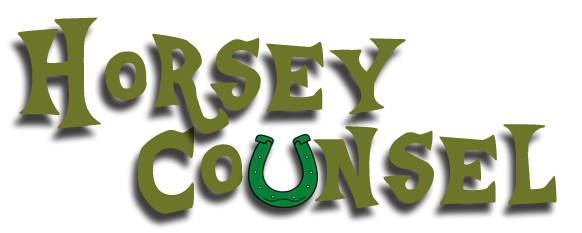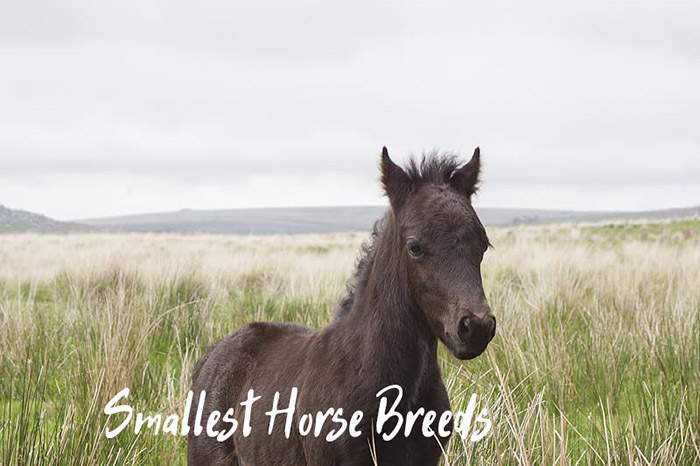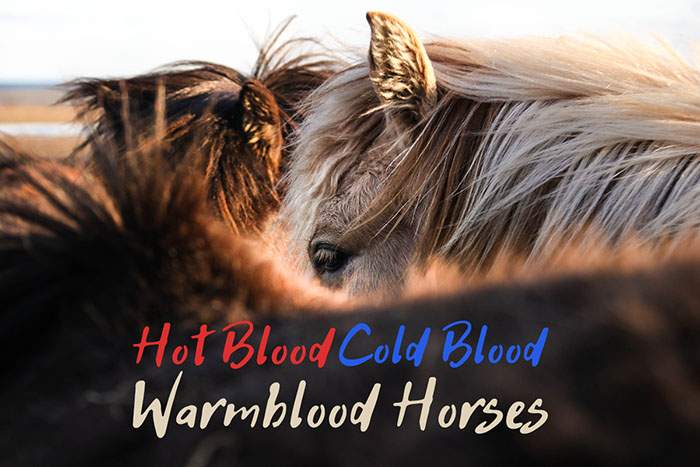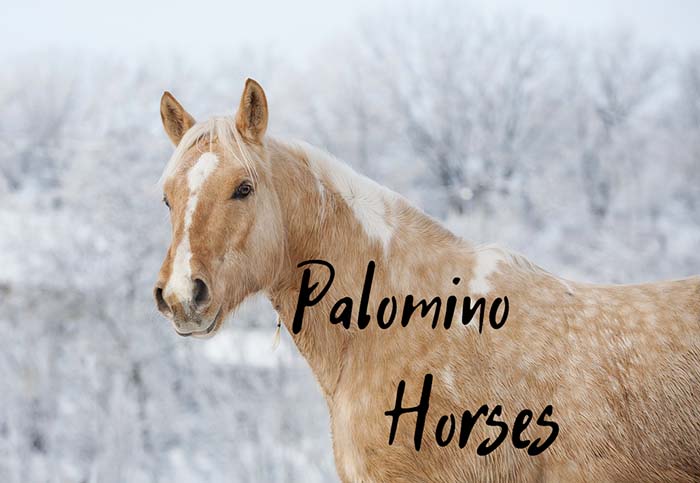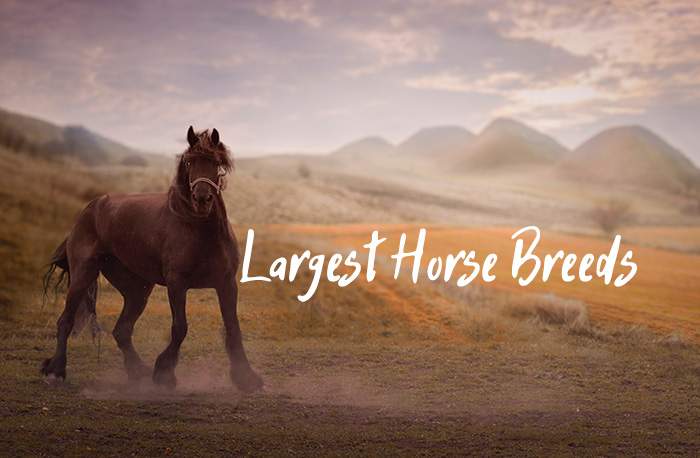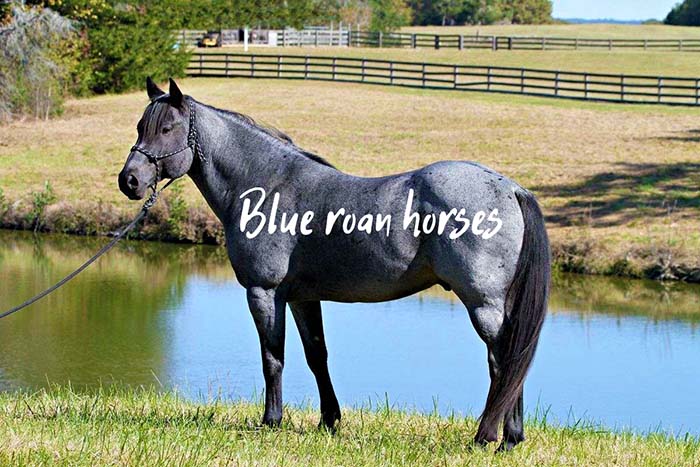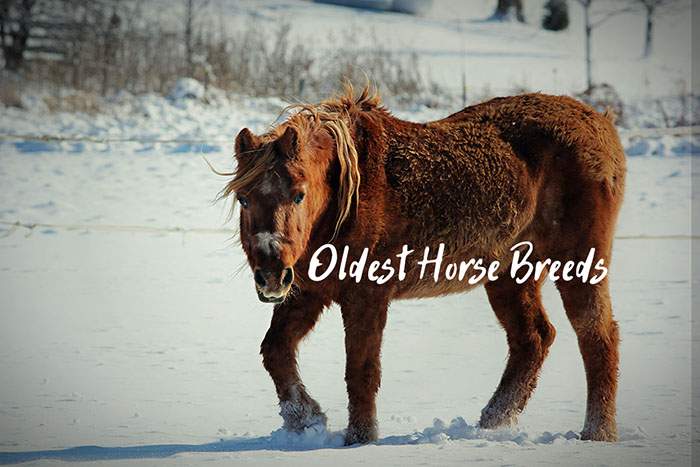Things To Know Before Adopting a Mustang Horse
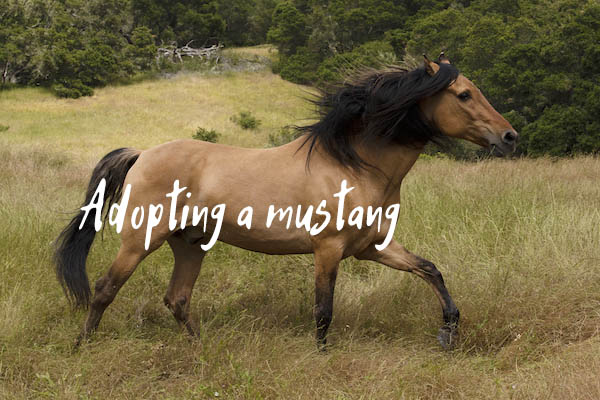
Adopting a mustang horse is not something to be taken lightly, nor is it something to be afraid of if you have a bit of experience in handling horses. Clearly, you’ve thought about taking on this responsibility, otherwise, you wouldn’t be here, and there are certainly some things to keep in mind if you do decide to adopt a feral horse.
The mustang is a free-roaming horse that currently enjoys a widespread population in the Western part of the United States. While certainly not the most difficult horse to work with, most if not all mustangs being offered for adoption have had no previous training, and that’s where you come in.
Today, I wanted to talk about some things that you might want to know before adopting a mustang. Apart from emotional and financial aspects, there might be some challenges that have not yet crossed your mind. Hopefully, you’ll have a better understanding of mustang horses and what it takes to adopt one by the end of the article.
Your age and other requirements.
In order to be eligible to adopt a mustang in the United States, you must be at least 18 years old and not have any animal cruelty convictions or violations of the Wild Free-Roaming Horses and Burros Act. These rules were implemented in order to make sure that the horse will go to a considerate owner.
Adopting a mustang is a challenge, make no mistake, and while you might end up with a calm horse that is easy to manage and eager to learn, you might also end up with a stubborn one. You need to be prepared for the worst-case scenario. Take classes, practice with other untrained horses, and ask for advice from experts. Learning everything you can about the mustang, including its history and behavioral traits will also help quite a bit in the long run.
Transportation and shelter rules.
The Bureau of Land Management has implemented a very strict set of rules that dictate how you are allowed to transport the horse to its new home and what kind of shelter you need to provide for it.
When it comes to transporting a mustang, you can use a stock or horse trailer with a rear swing gate and covered top, as well as three-horse slant trailers. Depending on the case, you can also use two-horse trailers, but never drop ramps or one-horse trailers.
At home, you need to make sure that the animal has plenty of space to live and move. Moreover, the fences on the property need to be in great condition. To elaborate, you’ll need a standard corral measuring at least 400 square feet per animal. As for fencing, you’ll need pipe panels, mesh, or wood posts, with planks at least 1.5 inches thick.
You’re not allowed to use electric fencing or barbed wire for obvious reasons. As for fence height, 5-foot-high fencing should be enough for yearlings or gentled horses. For ungentle horses 2 years or older, your fences should be at least 6 feet in height.
Most mustangs have no training.
Most of the mustangs available for adoption have had no training at all. That means that you have your work cut out for you. Whether you’ll have the ability and experience to train it yourself is another issue. You might want to hire a professional trainer to handle the basics, and you can work with your new horse on more advanced features at a later date.
It all depends on what you expect from the horse as well. The mustang is a light horse breed that excels at leisure and trail riding. They’re not particularly well-suited for the draft, but they can be used on the racetrack and in the show ring.
Be prepared for extensive training sessions, for good days and bad days. Be patient and trust that your horse will get there in the end, even if it takes a bit longer than usual.
You will change the horse’s diet.
Roaming free, the mustang will nibble on grass and will eat some shrubbery. It doesn’t need much else, as it’s not a picky or pretentious horse. However, once it becomes adopted and goes under human care, the mustang’s diet will change quite a bit. It’s important to change the horse’s diet gradually in order to prevent digestive issues and even disease.
Most mustang owners will gradually introduce grain in the horse’s diet. This includes barley, oats, wheat, and more. The horse will not be used with this intake of grain and supplements, so you’ll have to keep a close watch on its digestive health. If you would like to learn more about horse diet, treats, and what kind of food should you feed your horse, I’ve written a comprehensive article on the subject right here.
You will need help.
Adopting a mustang is a commitment. Even if you’re knowledgeable of horses and you’ve owned some before, adopting a feral horse comes with its own set of challenges. That’s why you’ll likely need a support system in place. You’ll rely on the expertise of a veterinarian when it comes to diet and general health, and you’ll consult with a farrier when it comes to hoof issues.
Moreover, you’ll call on the expertise of a trainer in order to put your new horse on the right track. Mustangs are different from domestic horses. They’ve lived their entire lives in the wild, and while they might not be aggressive, they might be hesitant to learn new things. Your new mustang will adapt eventually, but it will need a strong support system in place.
Buying or adopting a mustang?
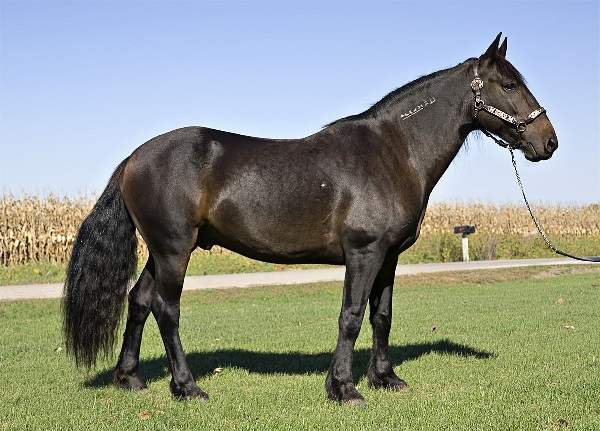
Qualified individuals started to adopt excess mustangs and burros in 1971 when the Wild Free-Roaming Horses and Burros Act has placed wild Mustangs and burros in the care of the BLM. The last count was done in March 2015, when 47,329 wild horses resided in BLM Herd Management Areas in 10 Western states. Quite a success, if you ask me.
As for buying these horses, the Burns Amendment allowed and even encouraged the BLM to sell animals that are either older than 10 without limitations to any willing buyers. This also applied to animals that have been passed over for adoption at least three times. More than 5,800 horses and burros have been sold since 2005 by the BLM.
Mustangs being offered for adoption are generally rougher around the edges, while mustangs offered for sale have been gentled. What does “gentled” mean? It means that the mustang was trained to accept a halter, stand quietly in cross-ties, and pick up its feet. You can buy these gentled mustangs through the Mustang Heritage Foundation’s Trainer Incentive Program (TIP) or through Family Horses Inc. You can also buy a mustang with better training, but these will generally be more expensive.
Some mustangs might not be trainable.
While many believe that mustangs are difficult horses to work with, I’d say they can easily overcome this reputation with the right training regimen. Of course, no two Mustangs are the same, and some of them are simply not cut out for a domestic lifestyle.
It’s important to identify these mustangs that will not conform and come up with solutions to either release them or pass them on to a different owner with a different approach. When the bond between an adopted mustang and its keeper does form, though, it is a long-lasting bond and a very rewarding one. More often than not, the adopted mustang will adapt to its new lifestyle and will enjoy a happy life under the guidance of its new owner.
